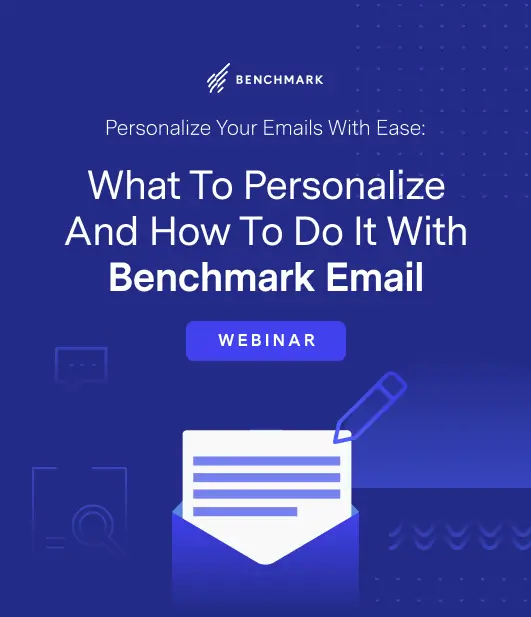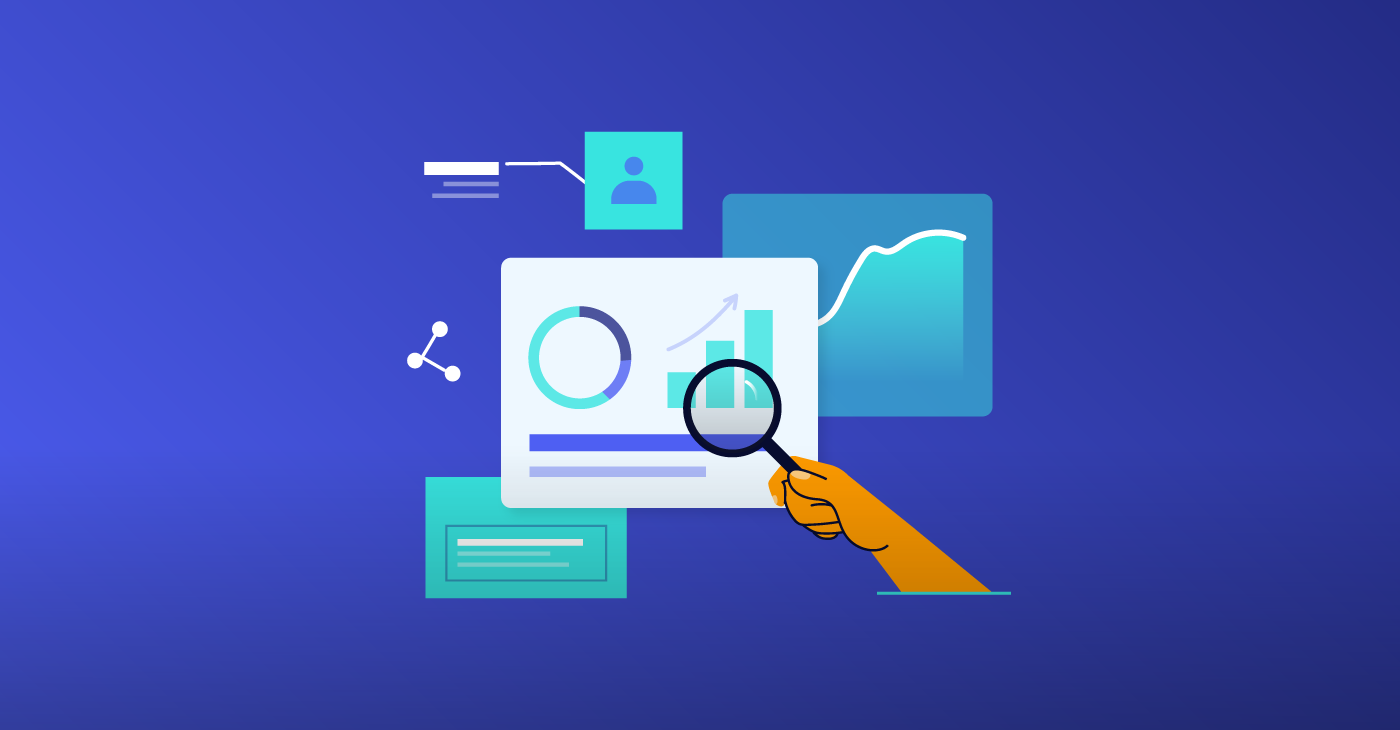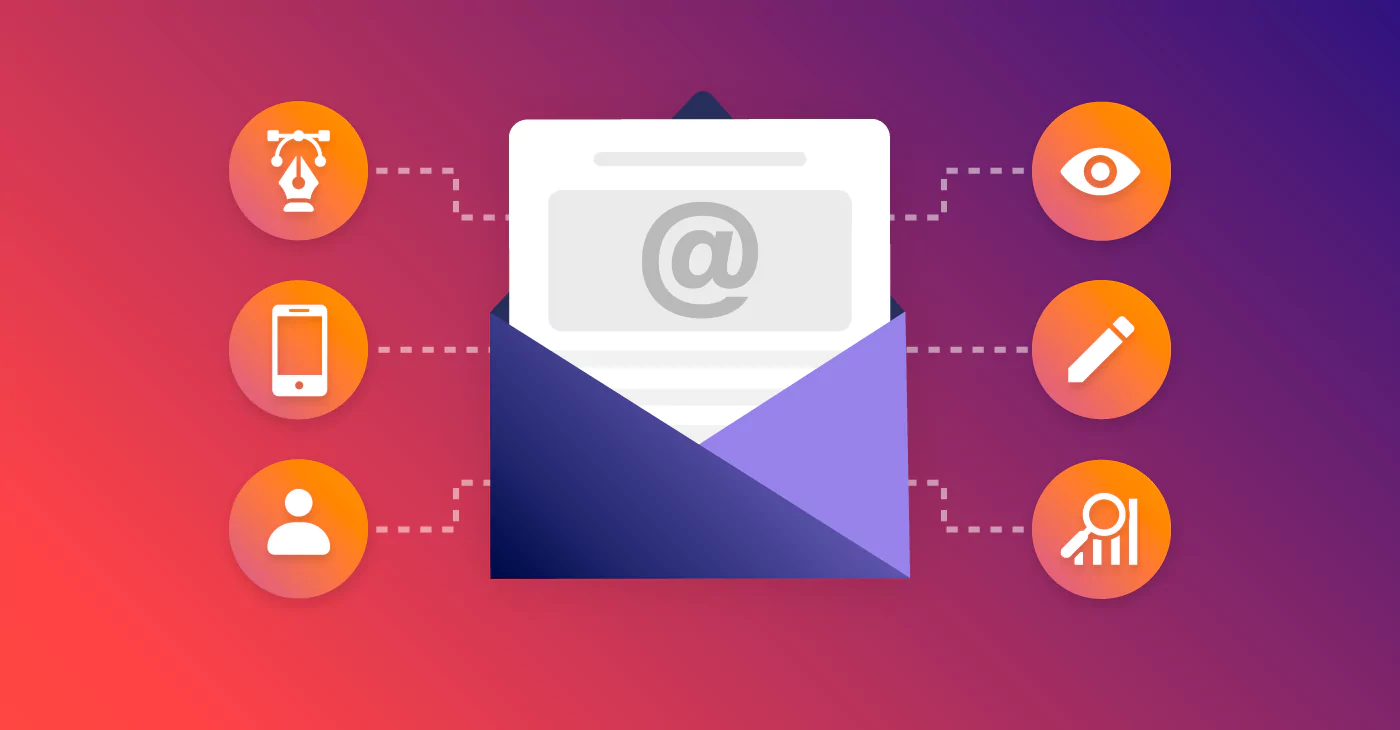Setting Up Event-Based Emails to Drive Attendance and Engagement
October 10, 2024 4 min read

Whether you’re hosting a webinar, a product launch, or an in-person conference, strategically timed emails can significantly enhance attendance and engagement. With the right automation, marketers can streamline the process from invitations to reminders and post-event follow-ups, ensuring attendees feel informed and valued.
Read on for a guide on event-based emails that drive participation and engagement with minimal effort.
The Importance of Event-Based Emails
Well-timed invitations and reminders help create buzz around your event, increasing the likelihood of attendance. With automated follow-ups, you can maintain momentum and keep your audience engaged. By further using automation, you can reduce the manual workload, allowing you to focus on other aspects of your marketing strategy.
Lastly, post-event emails offer an opportunity to gather valuable feedback from attendees, informing and improving future events.

Step 1: Define Your Event Goals
Before diving into email setup, clarify your goals for the event. Are you aiming to increase attendance, drive product sales, or enhance brand awareness? Defining your objectives will guide your email strategy and content.
Examples of Event Goals
- Increase sign-ups and educate potential customers.
- Generate excitement and drive initial sales.
- Build a network of industry professionals and share valuable insights.
Step 2: Segment Your Audience
Effective email marketing begins with understanding your audience. Segment your email list based on criteria such as:
- Past attendees
- Engagement levels
- Demographics
By sending tailored invitations to the right audience, you can significantly enhance your event’s appeal and attendance rates.
Step 3: Create Event-Based Email Templates
Developing a series of templates for your event-based emails can save time and ensure consistency. Here are the essential types of emails to consider:
1. Invitation Emails
Your invitation email should capture attention and provide essential details. Include:
- Event Name and Date: Clearly state what the event is and when it will take place.
- Engaging Subject Line: Use an eye-catching subject line that encourages opens.
- Call to Action: Include a prominent CTA button (e.g., “Register Now” or “Save Your Spot”).
- Event Details: Briefly explain the agenda, speakers, and benefits of attending.
2. Reminder Emails
Send reminders to keep the event fresh in your audience’s minds. Timing is crucial here:
- First Reminder: Send this one week before the event to give attendees ample time to prepare.
- Second Reminder: A final reminder can be sent 24 hours before the event.
3. Day-Of Emails
On the day of the event, send a brief email to remind attendees and provide any last-minute details:
- Access Links: For virtual events, include the link to join and any necessary passwords.
- Event Schedule: Share an outline of what to expect throughout the event.
4. Post-Event Follow-Ups
Follow-up emails are essential for maintaining engagement. Make sure to include the following information:
- Express appreciation to attendees for participating.
- Summarize critical takeaways or provide access to recordings/slides.
- Include a survey or a link to collect feedback on their experience.
Step 4: Leverage Automation Tools
Utilizing email automation can streamline your email campaigns and enhance efficiency. Most email marketing platforms, like Benchmark Email, offer automation features that allow you to set up event-based email sequences. Here’s how to implement them:
Set Up Automated Workflows
Create an automated workflow that includes all the email types listed above. Most platforms allow you to schedule emails based on triggers, such as:
- Registration Confirmation: Send a welcome email once someone registers.
- Reminder Triggers: Schedule reminders based on the event date.
- Post-Event Feedback: Automate follow-up emails to send immediately after the event concludes.
Use Personalization
Personalized emails yield better engagement rates. Leverage data from your email platform to address recipients by name and tailor content to their interests. For instance, if you know a participant is interested in a particular topic, you can highlight relevant sessions in your event reminder emails.

Personalize Your Emails with Ease: What to Personalize and How to Do it With Benchmark Email
DOWNLOAD NOWAnalyze and Optimize
After your event, analyze the performance of your email campaigns. Key metrics to monitor include:
- Open rates
- Click-Through Rates (CTR)
- Attendance rates
Using these insights, you can optimize future event-based email campaigns for better results.
Step 5: Gather Feedback and Use It
Post-event feedback is invaluable for refining your future events and email campaigns. Create a brief survey to collect feedback on:
- Content Quality: Did attendees find the information valuable?
- Speaker Performance: How did they rate the speakers?
- Overall Experience: What did they enjoy, and what could be improved?
Setting up event-based emails can significantly enhance attendance and engagement, turning a simple invitation into a comprehensive communication strategy. With the right planning and execution, you’ll not only drive attendance but also create a lasting impression on your audience, ensuring they look forward to your next event. Embrace automation, engage your audience, and watch your events flourish with enthusiastic participation.






